Working capital is a good indicator of how your company's inventory, accounts receivable, accounts payable, and cash on hand are being managed If these accounts are being handled smartly (using the right accounting software) and your business is healthy, this will reflect in your working capital The working capital turnover ratio measures how well a company is utilizing its working capital to support a given level of sales Working capital is current assets minus current liabilities A high turnover ratio indicates that management is being extremely efficient in using a firm's shortterm assets and liabilities to support sales Working capital can only be adjusted downward (which favors the seller), not upward (which would favor buyers) Working capital is only adjusted if, at closing, it is above or below the target working capital by a set amount, for example, $250,000
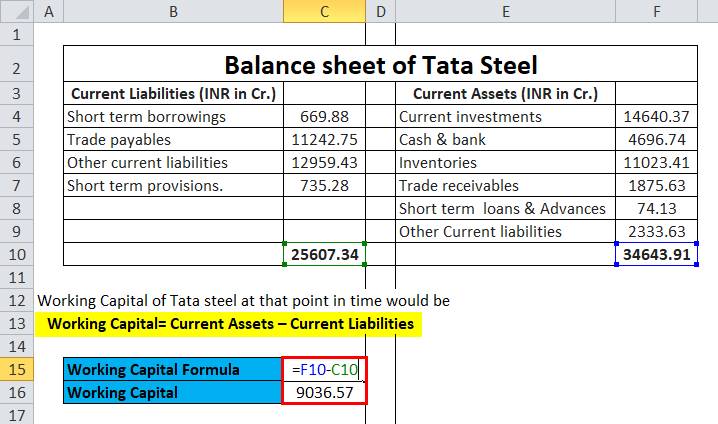
Working Capital Formula Calculator Excel Template
Level of working capital formula
Level of working capital formula- The formula is How to Interpret Working Capital Under the best circumstances, insufficient working capital levels can lead to financial pressures on a company, which will increase its borrowing and the number of late payments made to creditors and vendorsWorking capital (abbreviated WC) is a financial metric which represents operating liquidity available to a business, organization, or other entity, including governmental entities Along with fixed assets such as plant and equipment, working capital is considered a part of operating capital Gross working capital is equal to current assets




Working Capital Calculation Double Entry Bookkeeping
The basic formula for determining working capital involves only two factors First, it is necessary to define the current liquid assets that the company has This may be somewhat different from general assets, since the focus is on those resources that canInto account in the working capital analysis (for example, deferred revenue or liability reserves) As part of the working capital adjustment, it is necessary to calculate a target working capital This represents the normalised level of working capital of the target business before the closing, on which the parties have agreed It also represents Determining a Good Working Capital Ratio The ratio is calculated by dividing current assets by current liabilities It is also referred to as the current ratio
In accounting terms, working capital is equal to current assets minus current liabilitiesFormula Net Working Capital = Current Assets (less cash) – Current Liabilities (less debt) or, NWC = Accounts Receivable Inventory – Accounts Payable The first formula above is the broadest (as it includes all accounts), the second formula is more narrow, and the last formula is the most narrow (as it only includes three accounts)How to Calculate Manufacturing Working Capital For the purposes of an M&A, a company's working capital consists of its current assets (not including cash) minus its current liabilities (not including funded debts—such as mortgages—and income taxes) To calculate the value of the assets, you need to include accounts receivable and inventory
By adding together the totals for current assets and current liabilities in the balance sheet, a very important figure can be calculated – working capital Working capital = current assets less current liabilities Working capital provides a strong indication of a business' ability to pay is debtsInventory to Working Capital Ratio Formula \text {Inventory to Working Capital} = \dfrac {Inventory} {Working\ Capital} Inventory to Working Capital = Working CapitalInventory Working capital is calculated by subtracting current liabilities from current assetsHere, we see thatunlike most companiesGateway's net working capital tends to generate cash from year to year Over the five year period, we see that Gateway's net working capital has fallen from $119 million to negative $271 milliona fall of $336 millionwhile sales have increased from $27 billion to $86 billionan increase of $59 billion
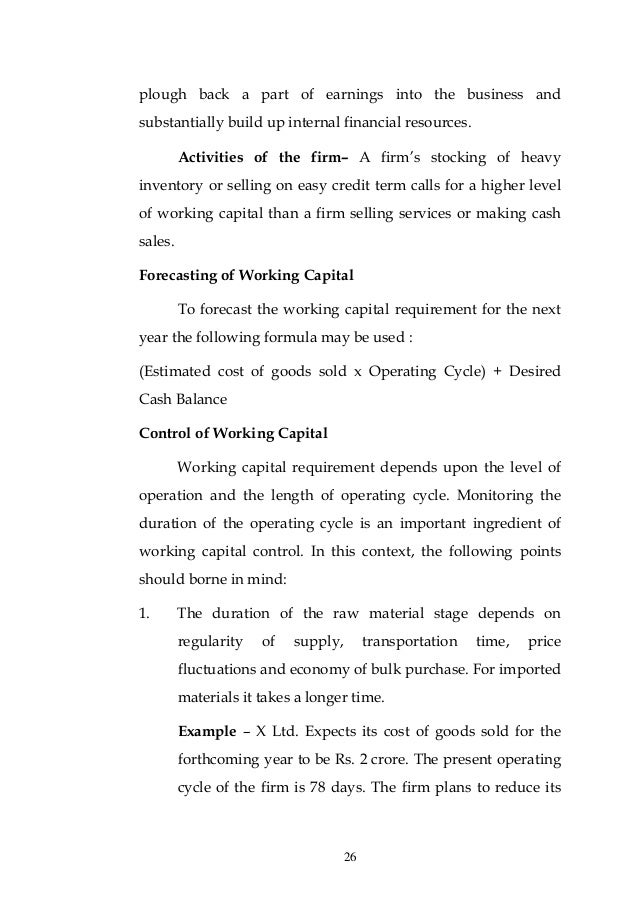



Longterm Capitals




Working Capital Formulas And Why You Should Know Them Fundbox
A company with little or no working capital is probably not one with a bright future Calculating working capital is also useful for assessing whether a business is making efficient use of its resources The formula to calculate working capital is Working capital = current assets current liabilities StepsFormula The debt to capital ratio formula is calculated by dividing the total debt of a company by the sum of the shareholder's equity and total debt As you can see, this equation is pretty simple The total debt figure includes all of the company shortterm and longterm liabilities The shareholder's equity figure includes all equity ofWorking capital (WC) is a measure of current assets minus current liabilities on a company's balance sheet When conducting due diligence on a transaction, historical working capital is analyzed on a monthly basis for two to three years in order to understand the appropriate level a business needs to support its operations
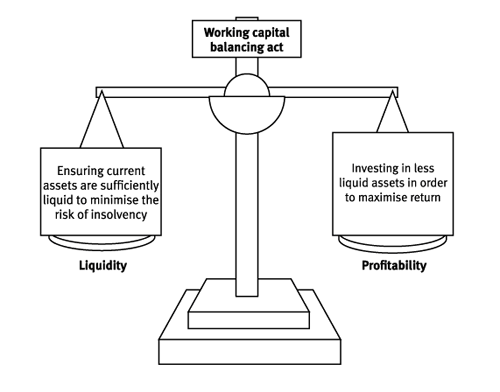



Working Capital
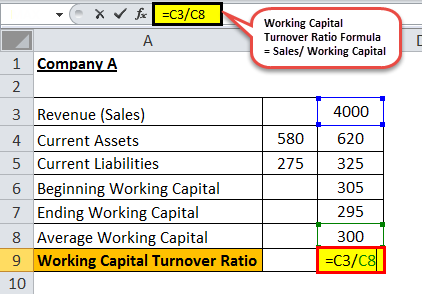



Working Capital Turnover Ratio Meaning Formula Calculation
The Usefulness of Working Capital Many entrepreneurs believe that capital is one of the most useful figures that can be extracted from a balance sheet Understanding the meaning of working capital can help your company make important decisions such as How to adjust your level of capital use in response to changes in your business cycleIn this ratio working capital is defined as the level of investment in inventory and receivables less payables In exam questions you may have to assume that yearend working capital is representative of the average figure over the year The sales to working capital ratio indicates how efficiently working capital is being used to generate salesThat is, the ability to meet obligations when due At a high level, the calculation of working capital is as follows Current assets Current liabilities = Working capital




Working Capital Requirements In A Manufacturing Business Plan Projections




What Is Working Capital Meaning Definition Formula Management Net Working Capital And Example
Weighting of other purshases 1 x 1,196 / 8 = 0,15 The normative Working Capital Requirement represents 55,3 days of sales, which mean a value of 1212 K€ (55,3 / 365 x 8 M€) My DSO Manager, the innovative credit management softwareFinTree website link http//wwwfintreeindiacomFB Page link http//wwwfacebookcom/FinWe love what we do, and we make awesome video lectures for CFA aNet working capital – this is what people generally mean when they talk about working capital;
/how-to-calculate-working-capital-on-the-balance-sheet-357300-color-2-d3646c47309b4f7f9a124a7b1490e7de.jpg)



What Is Working Capital




17 Level I Cfa Corporate Finance Working Capital Summary Youtube
This method of estimating working capital requirements is based on the assumption that the level of working capital for any firm is directly related to its sales value If past experience indicates a stable relationship between the amount of sales and working capital, then this basis may be used to determine the requirements of working capitalThe Inventory to Working Capital ratio measures how well a company is able to generate cash using Working Capital at its current inventory level Importance of Inventory to Working Capital An increasing Inventory to Working Capital ratio is generally a negative sign, showing the company may be having operational problems If a company has tooIn this method, the working capital credit limits provided by the lending banks is kept at a minimum level of % of the projected annual turnover For a sales turnover of Rs 250 million, the total working capital requirement of 25% or Rs 625 million is normally considered to be adequate
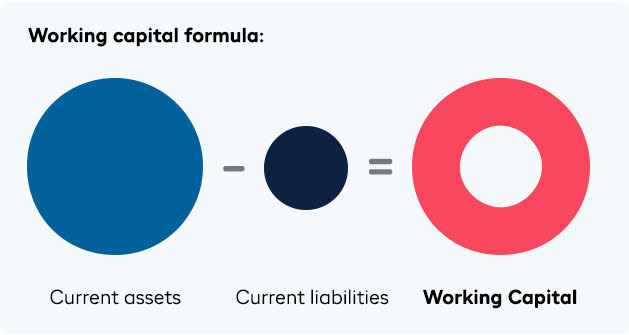



Working Capital An Essential Guide For Small Business Iwoca
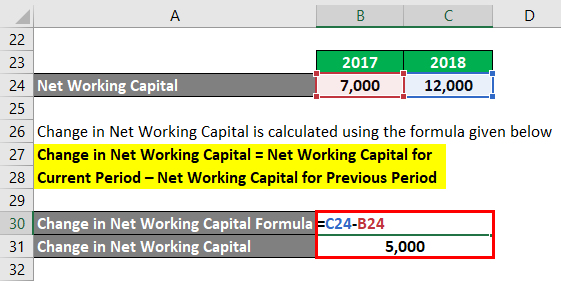



Change In Net Working Capital Formula Calculator Excel Template
By substituting 90 days instead of 45 days in the formula used above, the working capital requirement doubles to 45,000 or 247% of revenue If the poor collection procedures cause the working capital requirement to increase beyond the available facilities then the business will simply run out of cashWorking capital definition and example Working capital is defined as current assets minus current liabilities For example, if a company has current assets of $90,000 and its current liabilities are $80,000, the company has working capital of $10,000 There is no formula for calculating the exact permanent working capital It is an estimation based on the experience of the entrepreneur Statistical data on the balance of all current assets and liabilities can help in deciding that level We can plot the net working capital amount of each day in a table and find the lowest amount in it




Estimating Working Capital Requirements Solved Problems Finance Strategists




How To Calculate Working Capital The Working Capital Formula
The level of working capital affects the degree of risk and profitability both Hence the level of working capital should be so fixed that, on the one hand, its financial soundness is maintained and on the other hand, its profitability is optimized At this point it is necessary to be clear about the meaning of solvency or insolvency of the firm Working capital is calculated by subtracting current liabilities from current assetsIt is used in several ratios to estimate the overall liquidity of a business;In nearly every transaction, a buyer will require a selling company to leave behind a defined minimum amount of working capital A company uses working capital (current assets minus current liabilities) to fund its ongoing operations
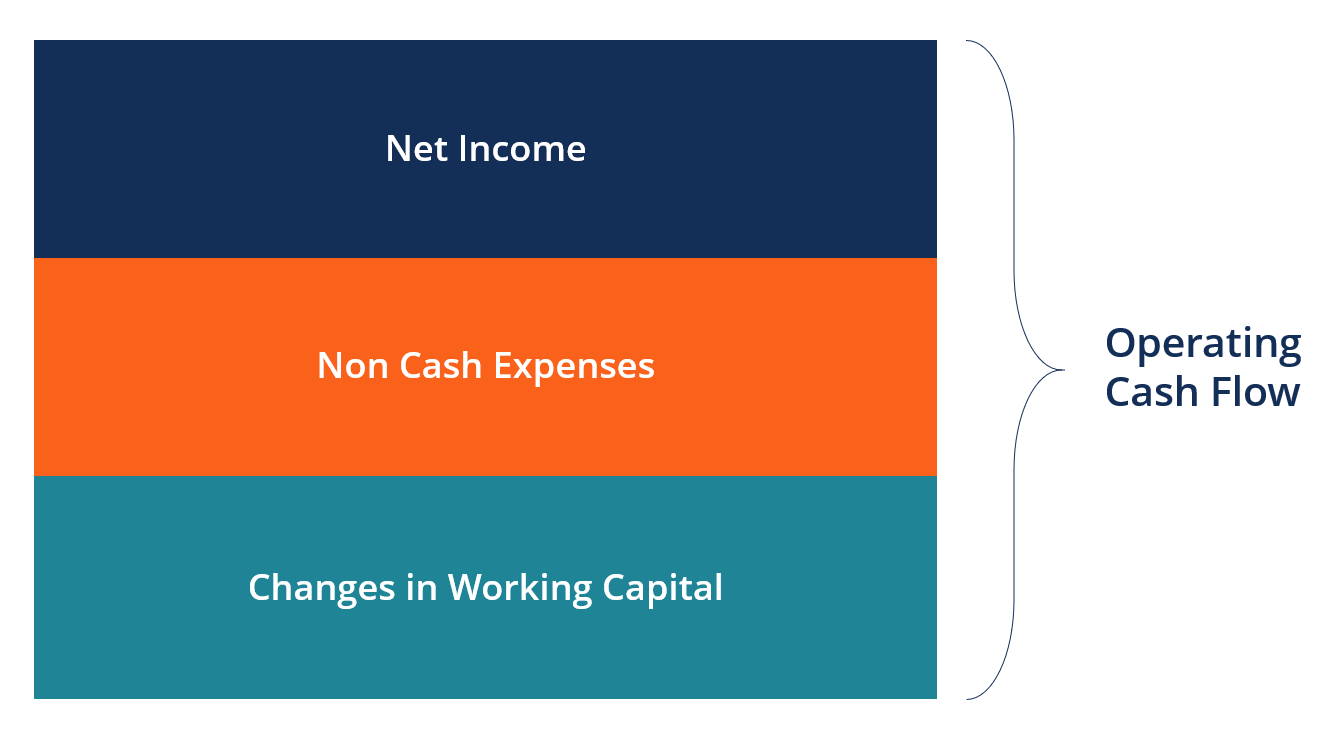



Operating Cash Flow Formula Overview Examples How To Calculate
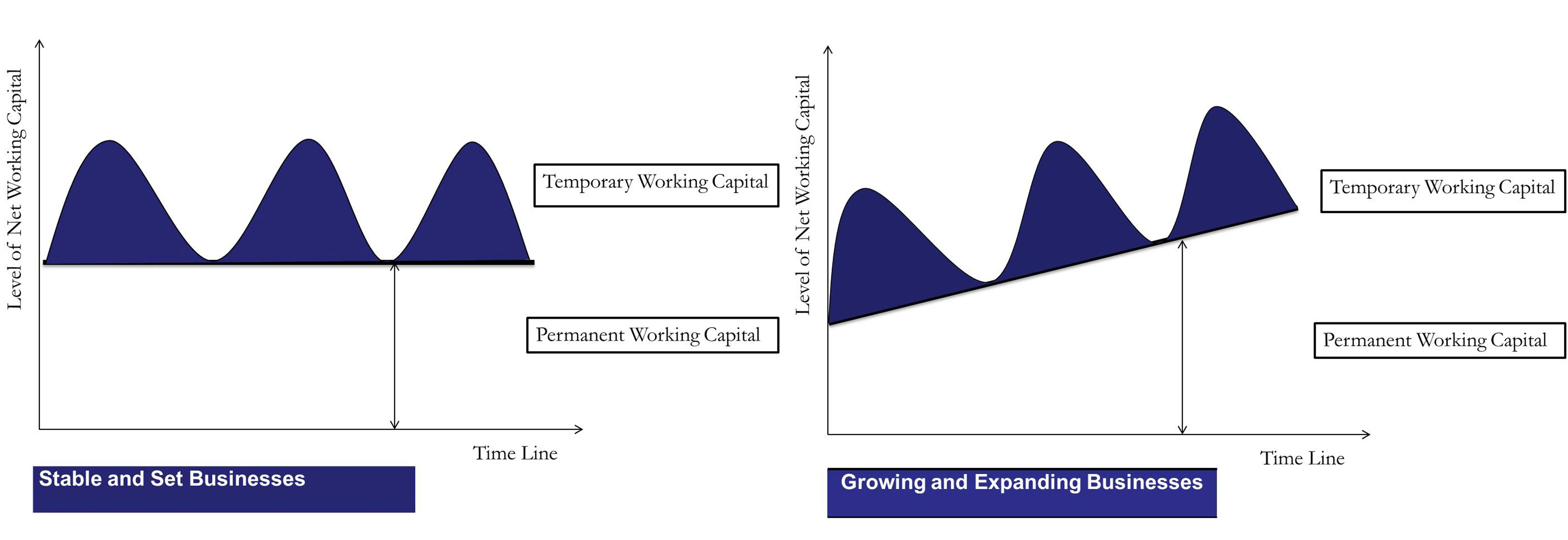



Permanent Or Fixed Working Capital
The starting point for determining the working capital level of a business is to identify the assets and liabilities included in the calculation Working capital is most commonly defined as net current assets (excluding cash) adjusted for any debtlike items such as corporation tax liabilities, loans and hire purchase liabilities"Working capital" is the money you need to support shortterm operations It is this focus on the short term that distinguishes working capital from longerterm investments in fixed assets or R&D Working capital is the difference between current assets and current liabilities "Current" again refers to the fact that these items fluctuate in the short term,The following tables illustrate typical working capital trends seen in these categories Working capital amounts can be small at one company and quite significant at another Looking at working capital as part of the total deal or in relation to sales, can show that it varies in importance from company to company
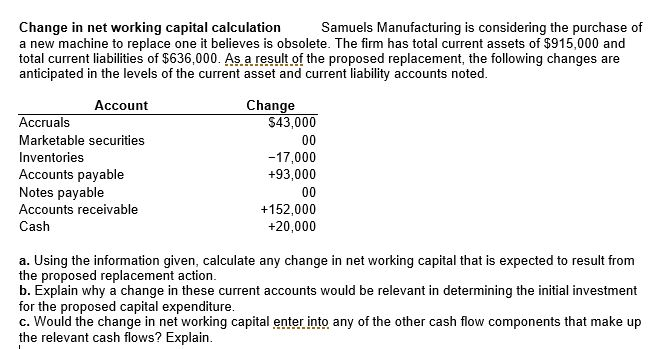



Change In Net Working Capital Calculation Samuels Chegg Com
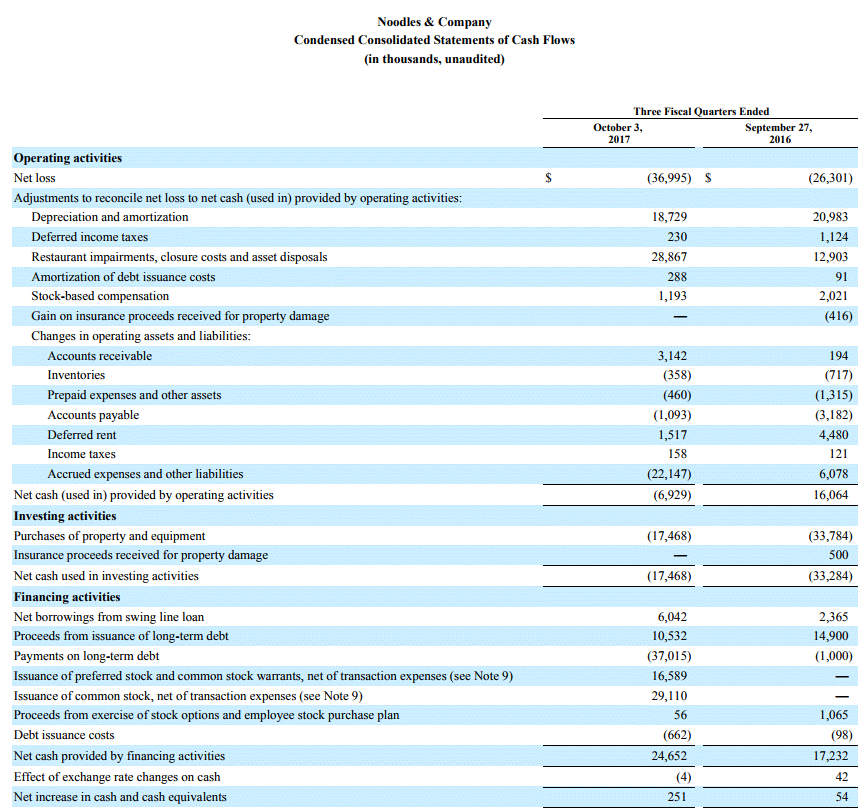



Working Capital Example Formula Definition Wall Street Prep
Another working capital measurement, the current ratio, divides the shortterm assets total by the shortterm liabilities total In general, the target value for the current ratio equals or exceeds Working capital can be negative if a company's current assets are less than its current liabilities Working capital is calculated as the difference between a company's current assets and current7 Working Capital Cycle determines working capital requirement Working capital cycle refers to the time required to convert the raw materials into finished goods and up to the stage of conversion of finished goods into cash form If the working capital cycle is long, there is a need of more amount of working capital and vice versa 8




Working Capital Requirement a Mantra
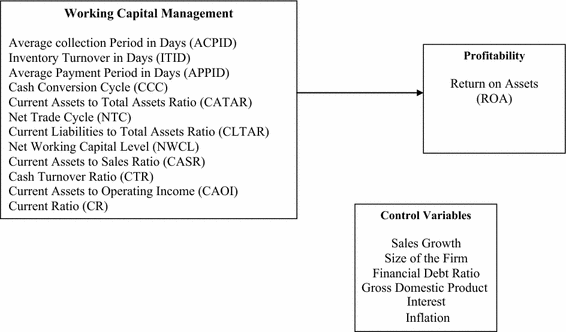



The Determinants Of Working Capital Management And Firms Performance Of Textile Sector In Pakistan Springerlink
• The balance sheet of a business provides a "snapshot" of the working capital position at a particular point in time Using the working capital formula and the information above, we can calculate that XYZ Company's working capital is $160,000 $65,000 = $95,000 Remember, the balance sheet is a snapshot of where things stand on the last day of the accounting period, so we need to multiply this $95,000 by 365 days Excess working capital carries the 'carrying cost' or 'interest cost' on the capital lying unutilized Shortage of working capital carries 'shortage cost' which include disturbance in production plan, loss in revenue etc Finding the optimum level of working capital is the main goal or winning situation for any business manager
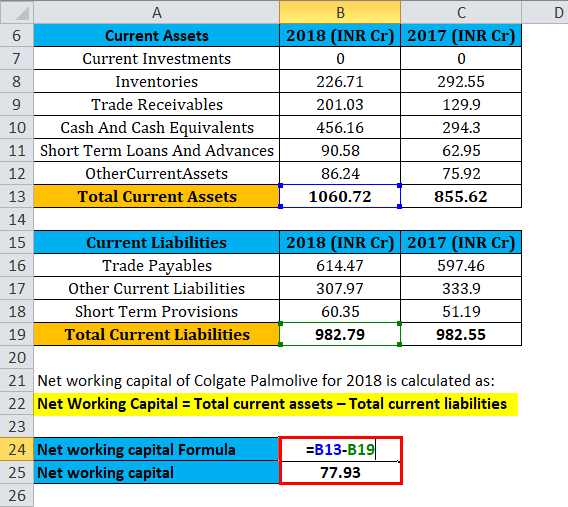



Net Working Capital Formula Calculator Excel Template



Explanation Of Key Performance Indicators For Pdf Free Download
1 Permanent Working Capital refers to the minimum amount of all current assets that is required at all times to ensure a minimum level of uninterrupted business operationsSome minimum level of raw materials, working process, bank balance, finished goods, etc a business has to carry all the time irrespective of the level of manufacturing/marketing operationsWhat is working capital?The working capital cycle is the time duration between paying for raw materials and goods that were bought to manufacture products and the final receipt of cash that you earn on selling the products So basically, it denotes the time required by your business operations to convert the current assets and current liabilities into cash
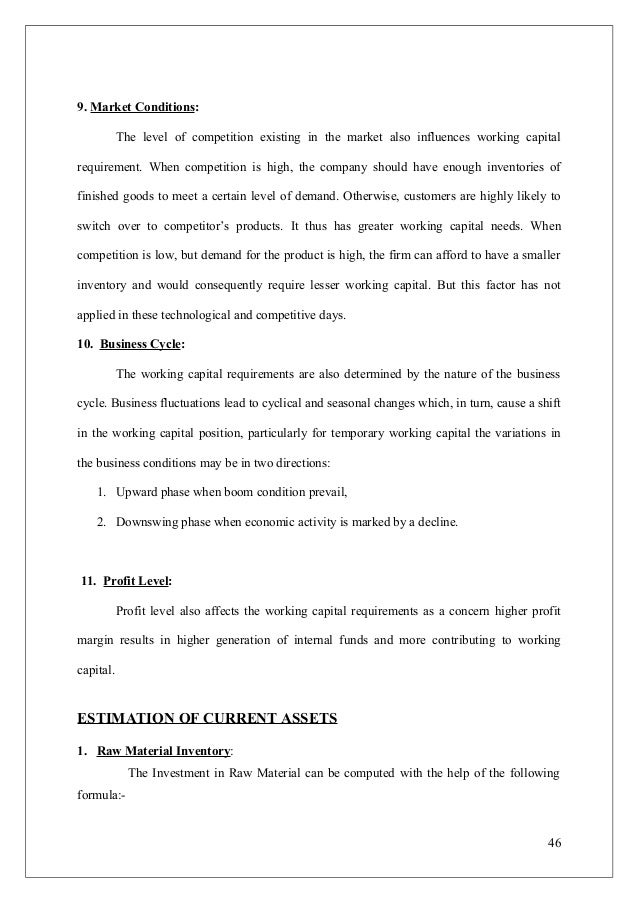



The Study Of Working Capital Management And Its Performance For Inte
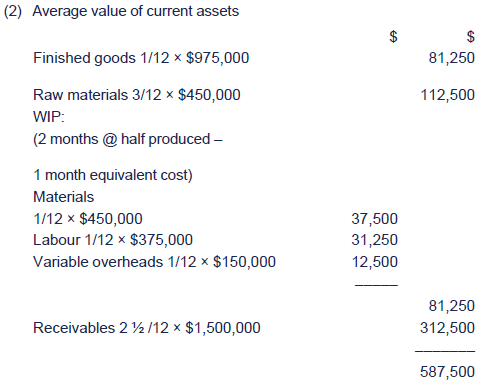



Chapter 7 Working Capital Management
Currents assets minus current liabilitieCash Current assets divided by current liabilities is known as a working capital ratio To calculate a company's average working capital, the following formula is used (Working capital of the current year Working capital of the prior year) ÷ 2 This indicates whether a company possesses enough shortterm assets to cover shortterm debtNet working capital is an important component to any transaction Gaining a comprehensive understanding of net working capital provides buyers the level of cash required to operate the business post transaction close, thereby avoiding unanticipated additional cash infusion




Working Capital Formula Calculator Excel Template
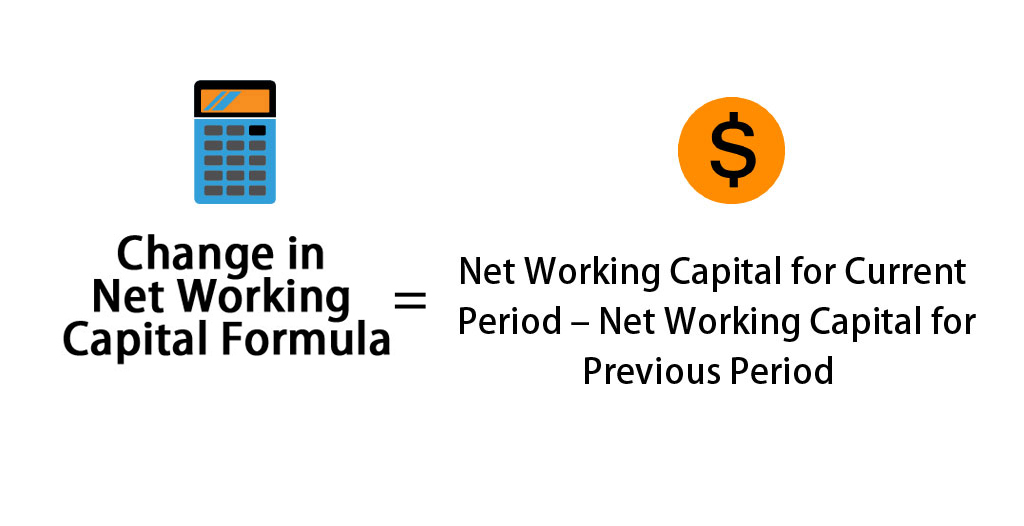



Change In Net Working Capital Formula Calculator Excel Template
Formula The working capital ratio is calculated by dividing current assets by current liabilities Both of these current accounts are stated separately from their respective longterm accounts on the balance sheet This presentation gives investors and creditors more information to analyze about the company Current assets and liabilities areThe Basic Formula It has been said that the lifeblood of any business is its net working capital (WC) The simplest explanation of this figure is the formula WC = Current assets – Current liabilities In other words, it is the amount of assets available to pay off your short term expenses such as salaries, equipment rental, inventory, andWorking Capital Ratios (liquidity) • The "liquidity position" of a business refers to its ability to pay its debts – ie does it have enough cash to pay the bills?
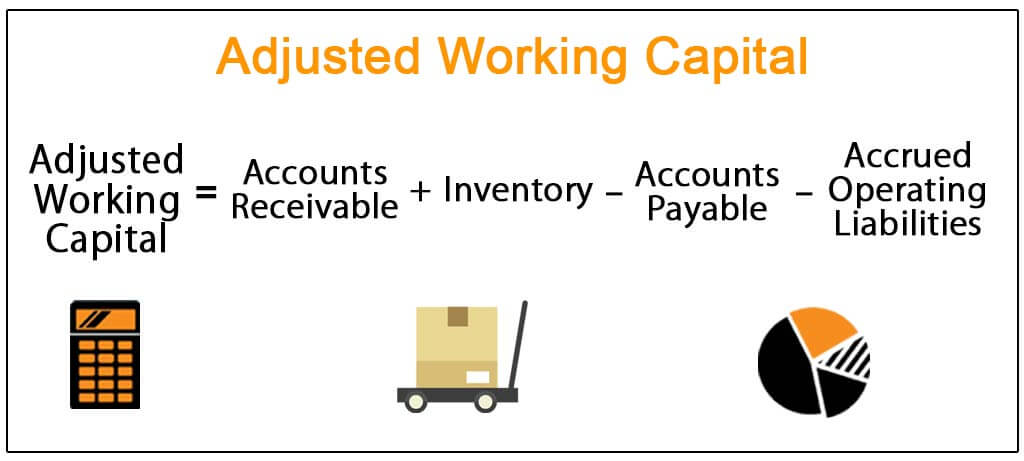



Adjusted Working Capital Definition Formula Example




Change In Working Capital Meaning And Full Tutorial Calculations Excel
Working Capital Ratio = Current Assets ÷ Current Liabilities Generally speaking, it can be interpreted as follows If this ratio around 12 to 18 – This is generally said to be a balanced ratio, and it is assumed that the company is a healthy state to pay its liabilities
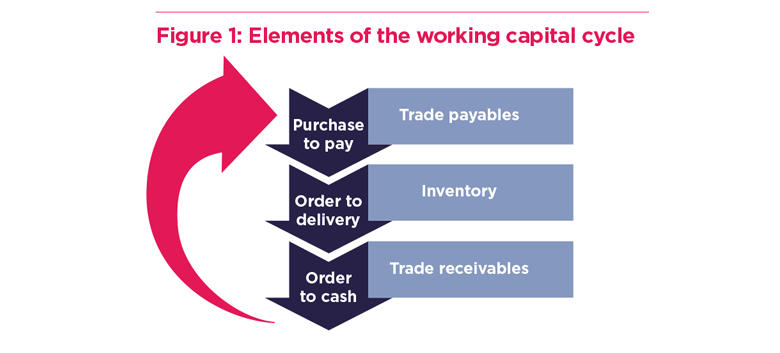



Treasury Essentials The Cash Conversion Cycle The Association Of Corporate Treasurers
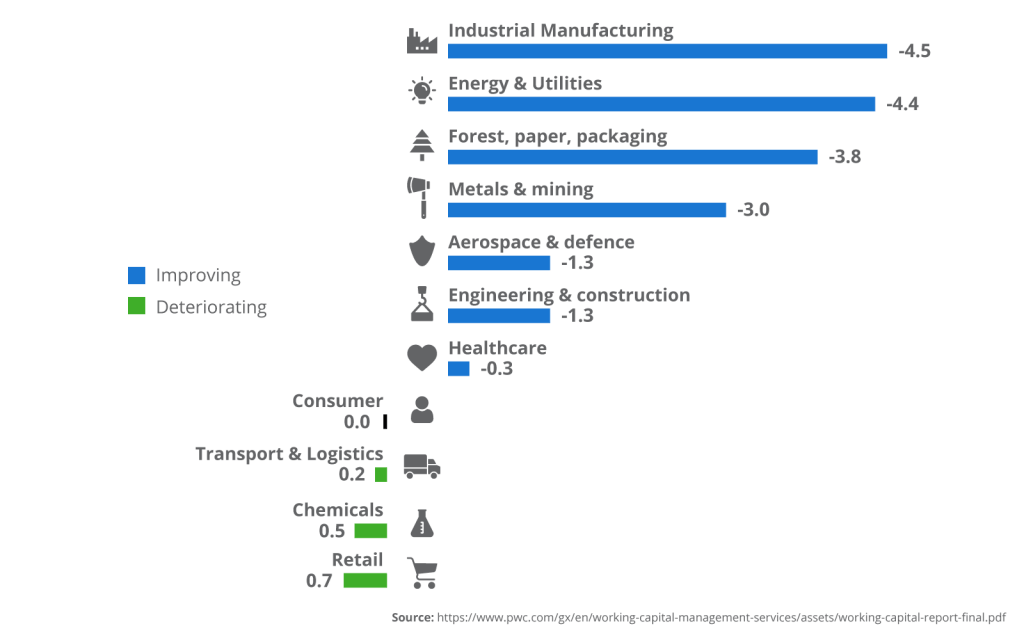



4 Tips For Effectively Managing Working Capital Softco




Working Capital Calculation Double Entry Bookkeeping



Working Capital Financing Strategies Aggressive Moderate And Conservative Approach Formula Advantages And Disadvantages
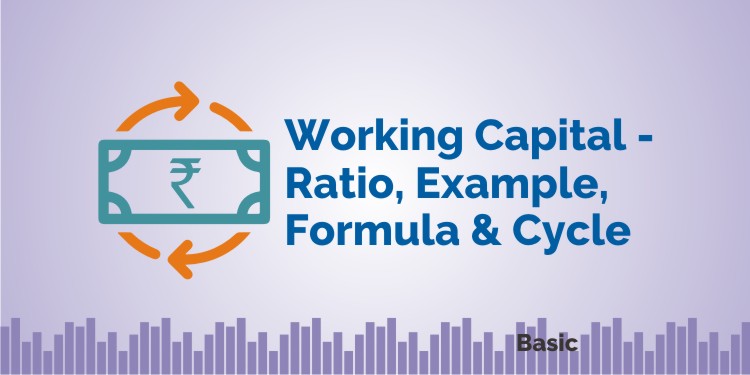



Working Capital Meaning Ratio Example Formula Cycle
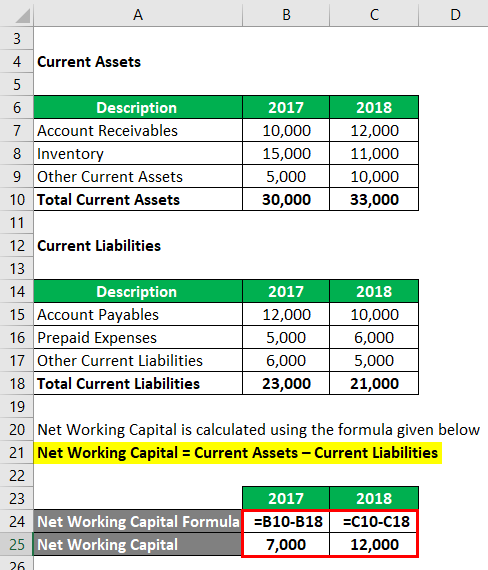



Change In Net Working Capital Formula Calculator Excel Template




How To Calculate Working Capital Requirement Plan Projections




Working Capital Net Current Assets Tutor2u




Working Capital Management Acca Global
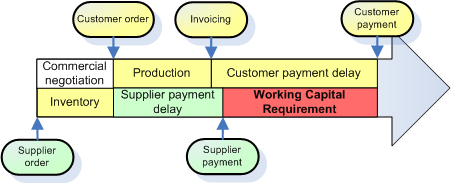



The Working Capital




How To Calculate Working Capital With Calculator Wikihow




Pdf Balance Sheet Ratios And Analysis For Cooperatives Abilash Sjr Academia Edu




Levels Of Working Capital Investment In Financial Management Tutorial 18 July 21 Learn Levels Of Working Capital Investment In Financial Management Tutorial 6667 Wisdom Jobs India




What Is Net Working Capital How To Calculator Nwc Formula
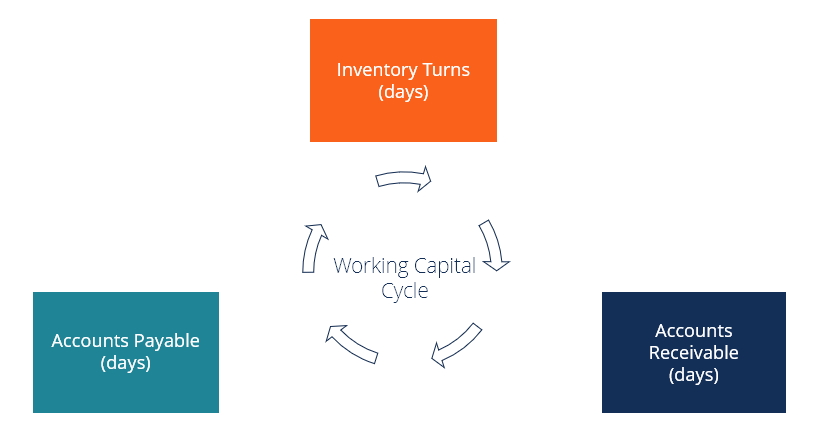



Working Capital Cycle Understanding The Working Capital Cycle




Chapter 2 Working Capital Sreyya Yilmaz Ra Working




Reorder Point And Working Capital Plan Projections Safety Stock Point Capacity Planning
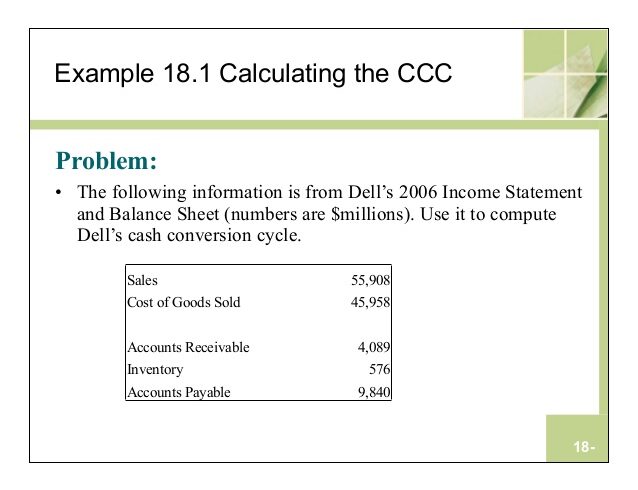



Learn Everything About Working Capital Formula Bestbussinesscircle




Chapter 7 Working Capital Management
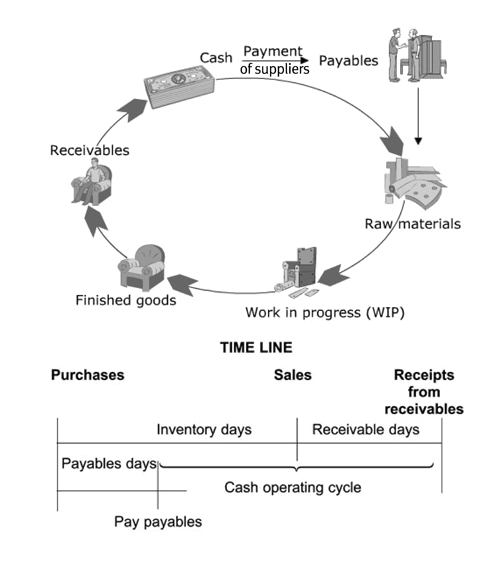



Working Capital
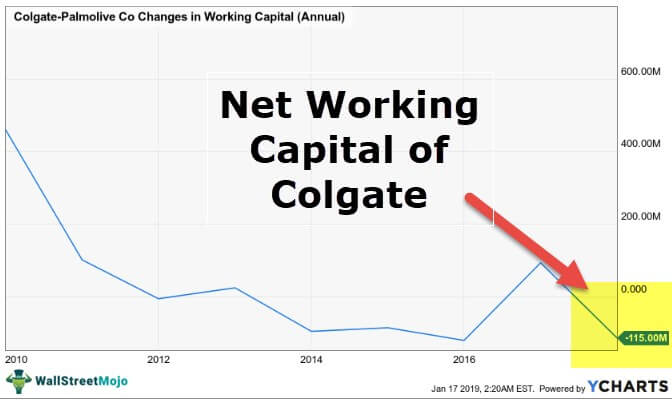



Changes In Net Working Capital Step By Step Calculation



1
:max_bytes(150000):strip_icc()/dotdash_Final_How_Do_You_Calculate_Working_Capital_Aug_2020-01-a35d03d74be84f8aa3ad4c26650142f6.jpg)



How Do You Calculate Working Capital




Net Working Capital Guide Examples And Impact On Cash Flow



1




Normalised Cash Flow In Dcf Working Capital Taxes And Stable Roic Edward Bodmer Project And Corporate Finance
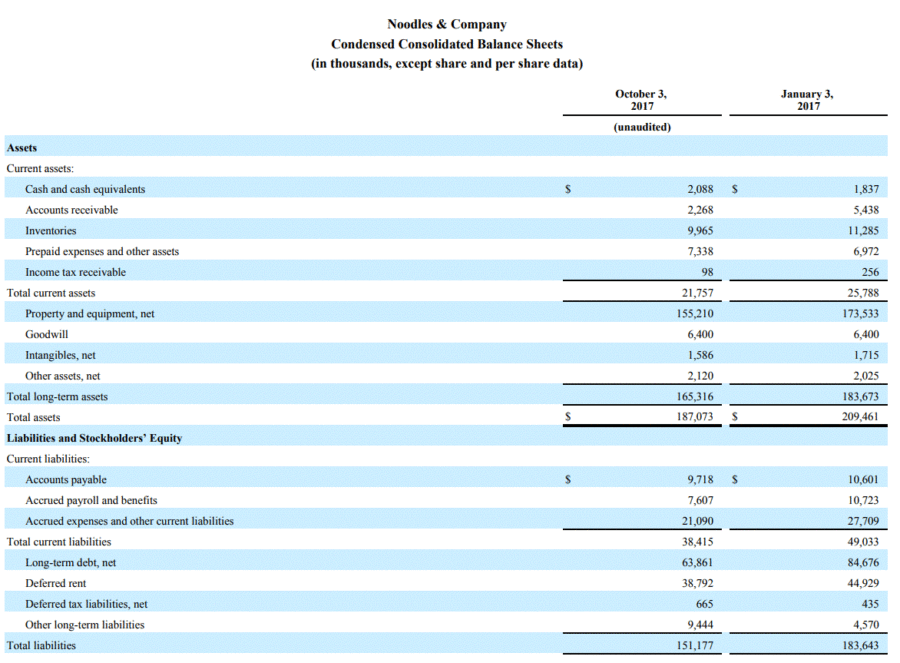



Working Capital Example Formula Definition Wall Street Prep




Working Capital Financial Edge




Cfa Level I Working Capital Management Part I Youtube
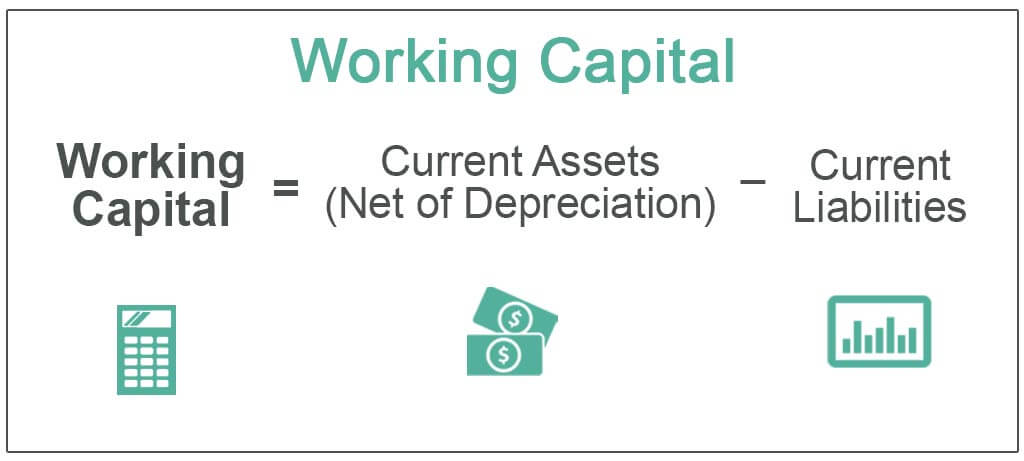



Working Capital Definition Formula Examples With Calculations




Net Working Capital Formula What It Is How To Calculate It And Examples Planergy Software




Working Capital Management Acca Global
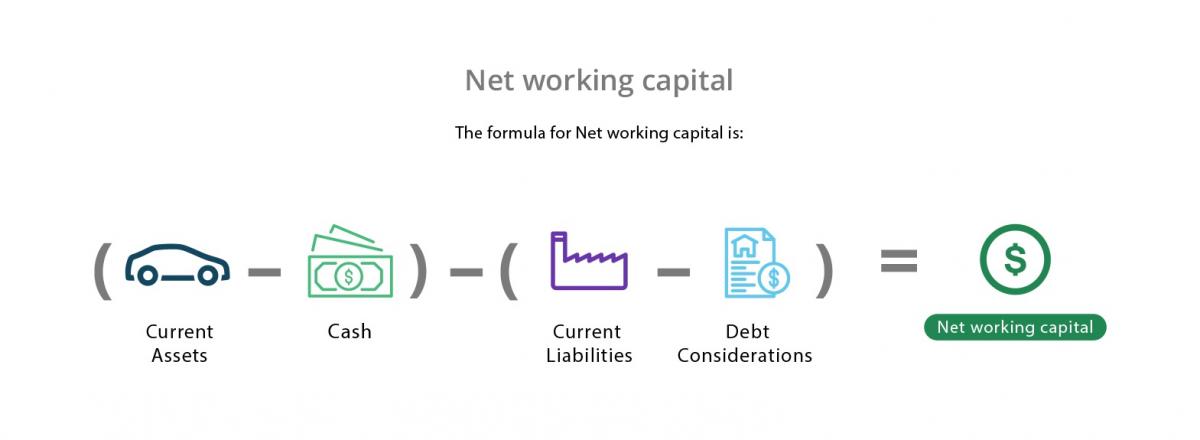



Working Capital Example Meaning Investinganswers
/how-to-calculate-working-capital-on-the-balance-sheet-357300-color-2-d3646c47309b4f7f9a124a7b1490e7de.jpg)



What Is Working Capital




How To Calculate Working Capital The Working Capital Formula
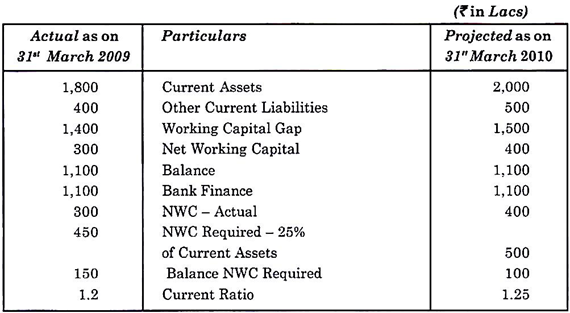



What Is Working Capital Meaning Definition Formula Management Net Working Capital And Example




Chapter 19 Working Capital Management Chapter 19 Outline




How To Calculate Working Capital With Calculator Wikihow
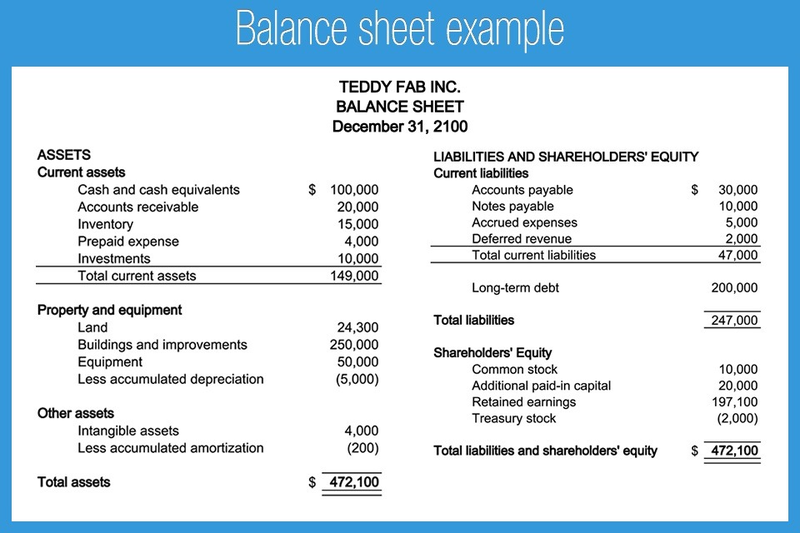



A Small Business Guide To Calculating Net Working Capital The Blueprint
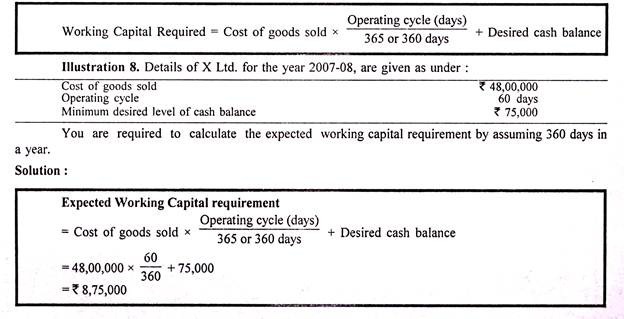



Assessment And Computation Of Working Capital Requirement
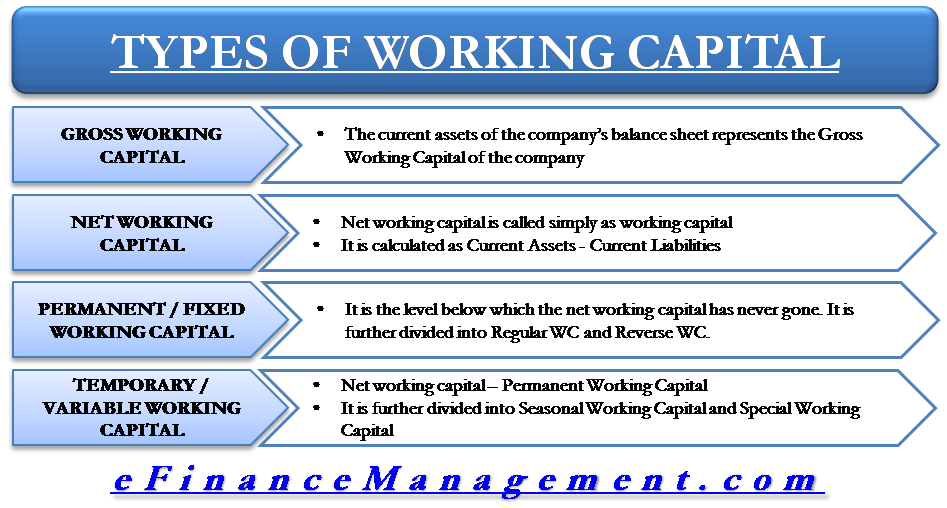



Types Of Working Capital Gross Net Temporary Permanent Efm



3




Everything You Need To Know About Working Capital
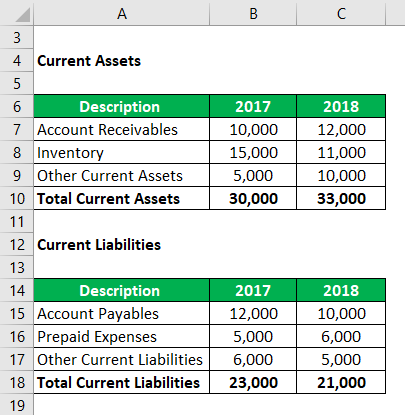



Change In Net Working Capital Formula Calculator Excel Template




Net Working Capital Guide Examples And Impact On Cash Flow




Working Capital Management Module 1 Introduction Working Capital Or Short Term Finance Refers To Current Assets And Current Liabilities There Are Two Ppt Download
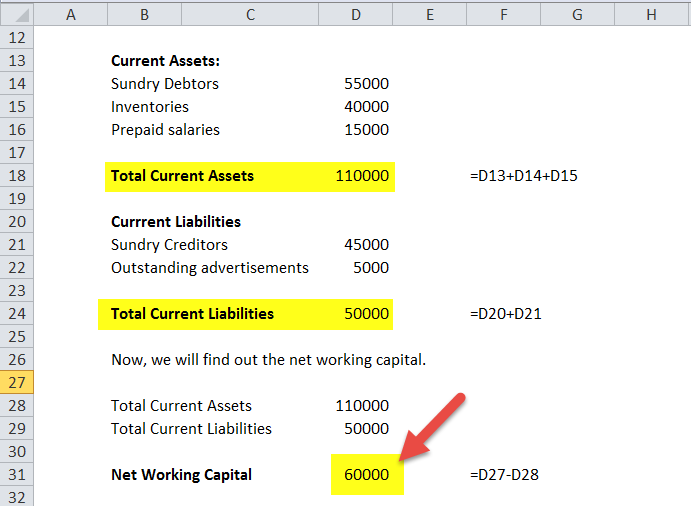



Net Working Capital Definition Formula How To Calculate




How To Calculate Working Capital Requirement Plan Projections
:max_bytes(150000):strip_icc()/dotdash_Final_What_Changes_in_Working_Capital_Impact_Cash_Flow_Sep_2020-01-13de858aa25b4c5389427b3f49bef9bc.jpg)



What Changes In Working Capital Impact Cash Flow




Working Capital What Is It And Why It S Important




How To Calculate Working Capital With Calculator Wikihow




Working Capital Formula How To Calculate Working Capital With Example Youtube




Net Working Capital Formula Examples Calculation Youtube




Working Capital What It Is And How To Calculate It Efficy
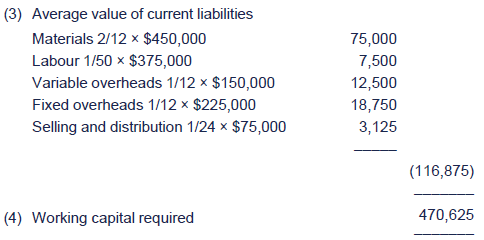



Chapter 7 Working Capital Management
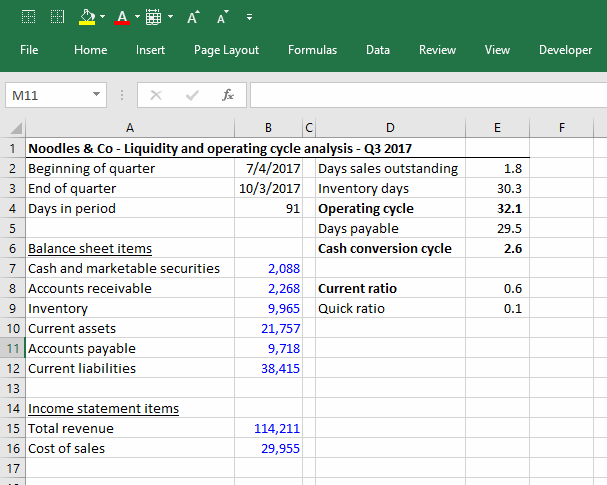



Working Capital Example Formula Definition Wall Street Prep




Working Capital Cycle
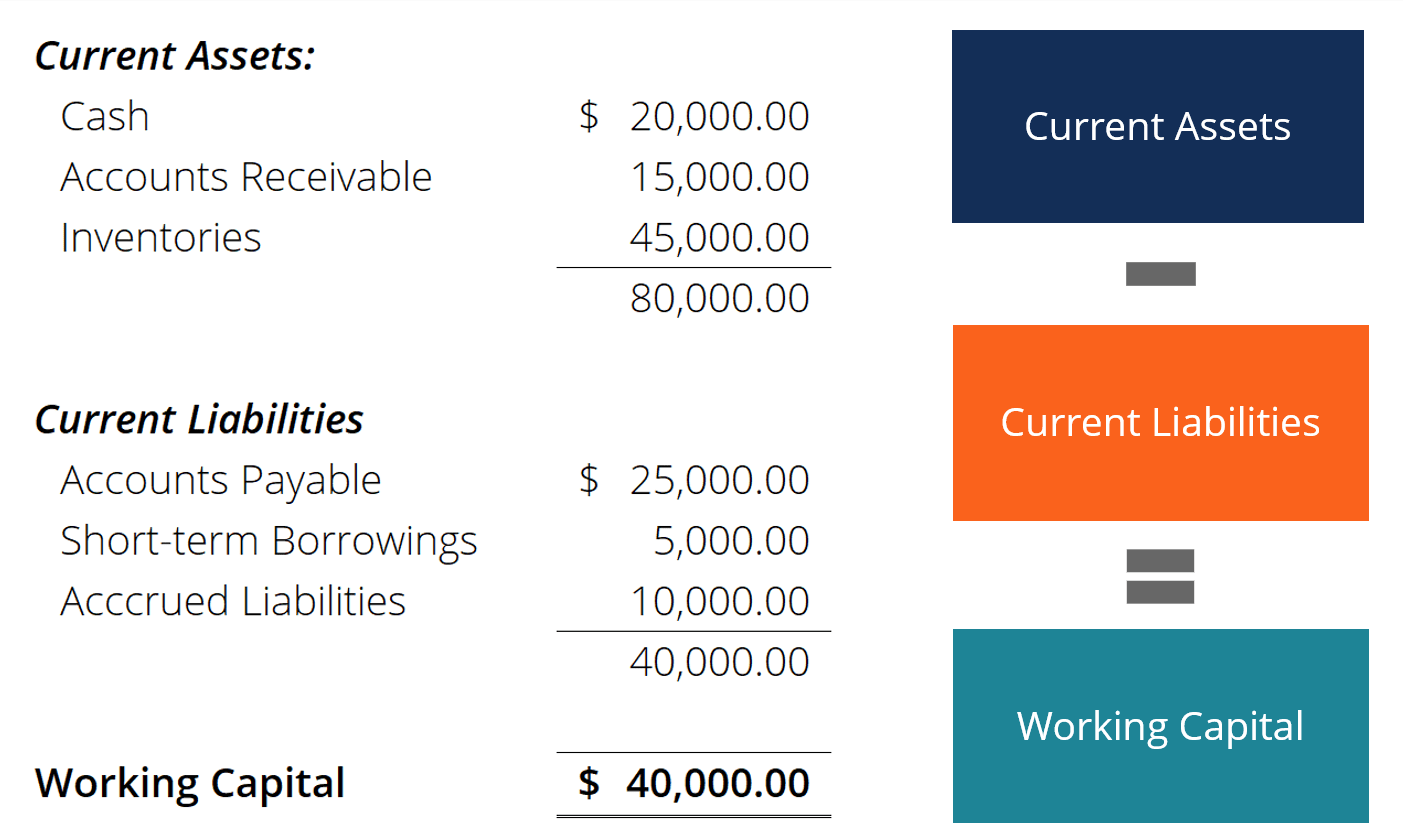



Working Capital Formula How To Calculate Working Capital
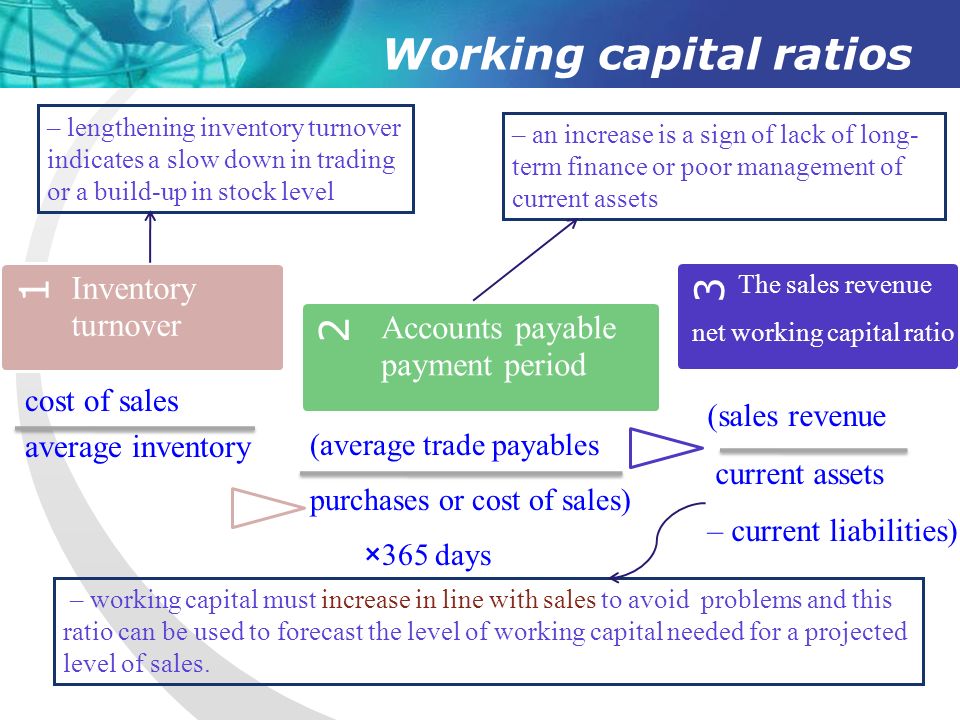



Chapter 4 Working Capital Ppt Download
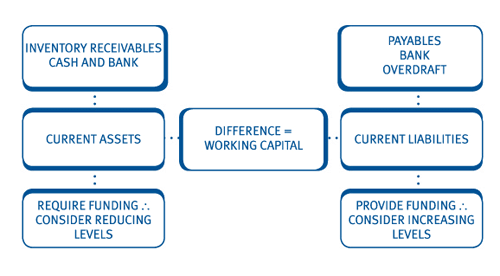



Working Capital




What Is Meaning Of Capital Turnover Ratio Newyork City Voices




How To Calculate Working Capital With Calculator Wikihow




Working Capital Management Acca Global
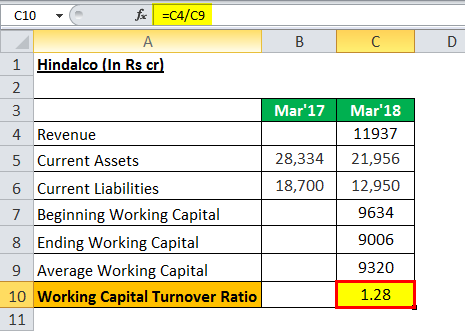



Working Capital Turnover Ratio Meaning Formula Calculation
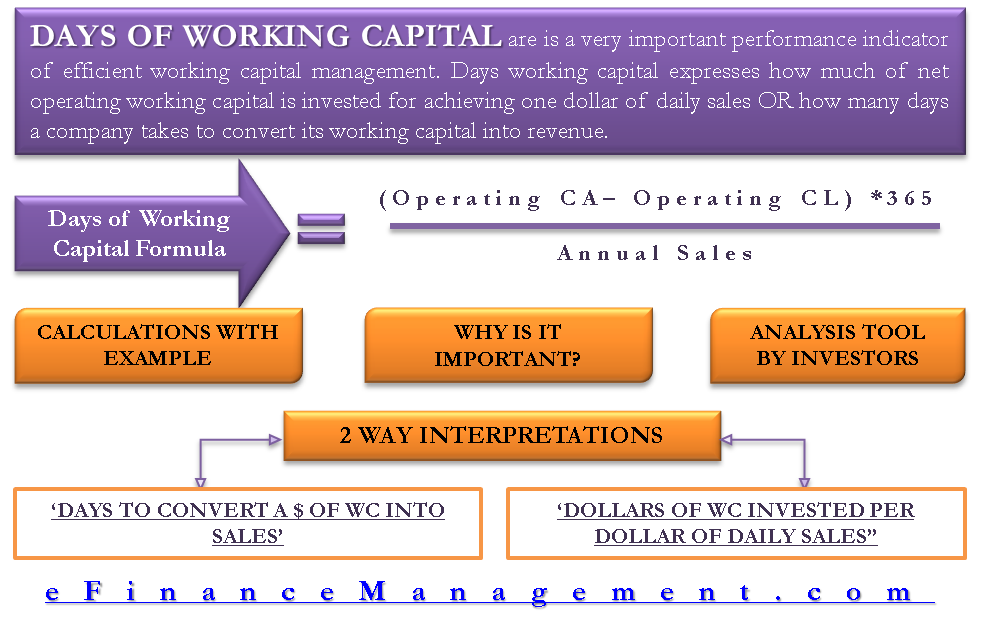



Days Working Capital Formula Calculate Example Investor S Analysis
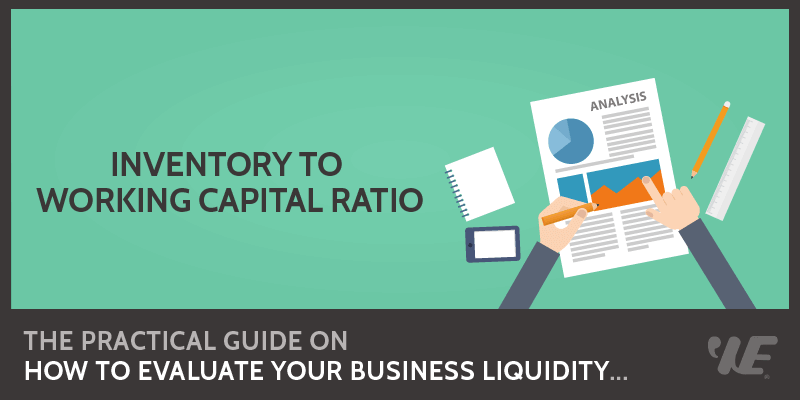



Inventory To Working Capital Formula Calculator Updated 21
/WORKINGCAPITALFINALJPEG-4ca1faa51a5b47098914e9e58d739958.jpg)



Working Capital Nwc Definition Formula And Examples



1
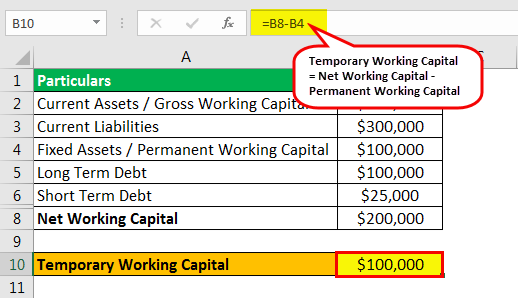



Working Capital Examples Top 4 Examples With Analysis




Days Working Capital Definition Formula How To Calculate
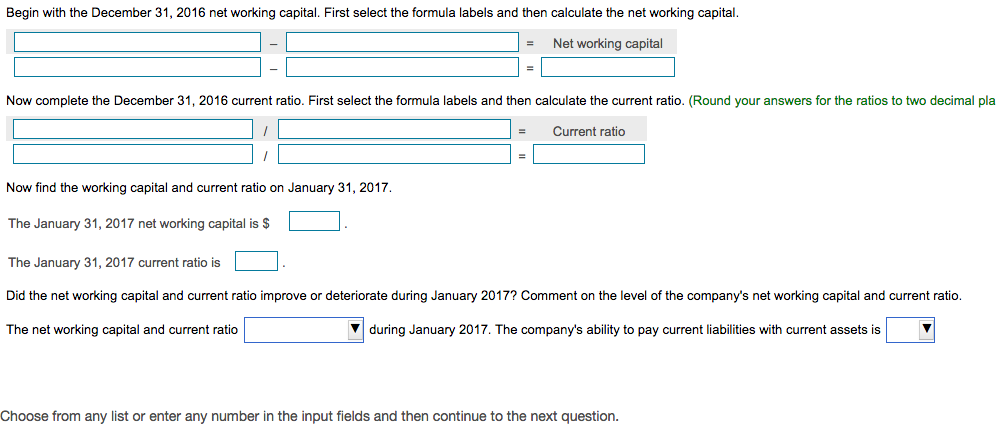



Answered Begin With The December 31 16 Net Bartleby




Working Capital What It Is And How To Calculate It Efficy




Working Capital Example Formula Definition Wall Street Prep
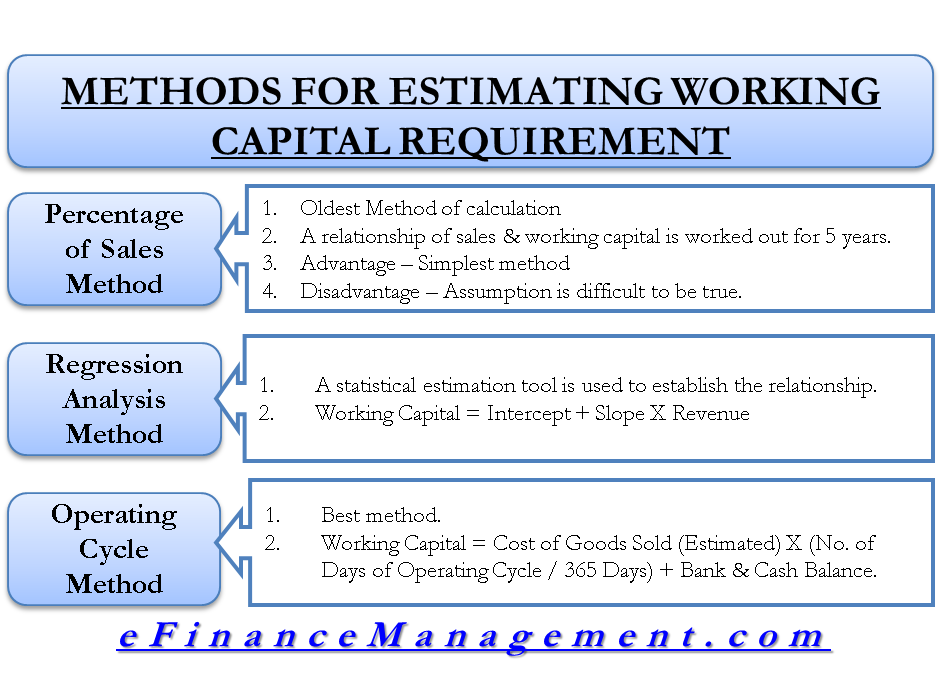



Methods For Estimating Working Capital Requirement
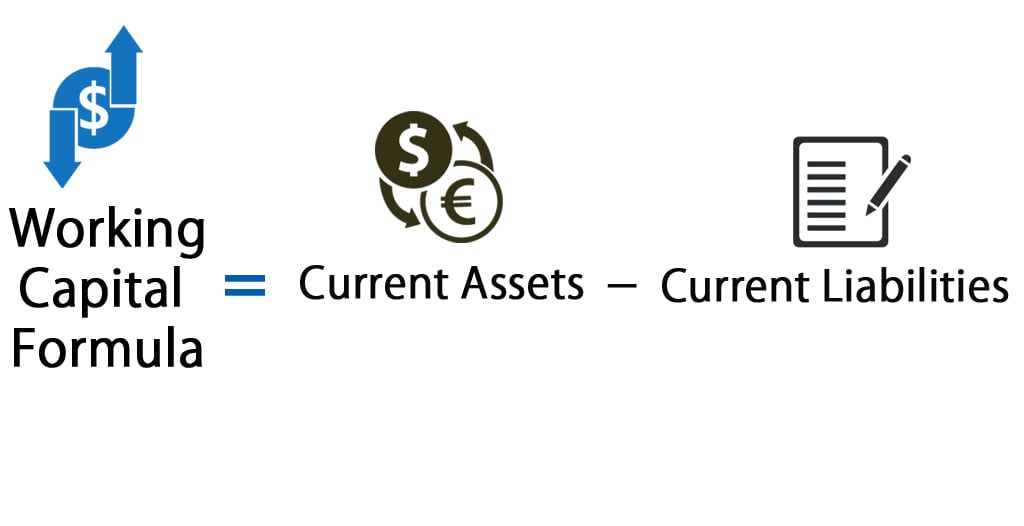



Working Capital Formula Calculator Excel Template




Change In Net Working Capital Formula Calculator Excel Template
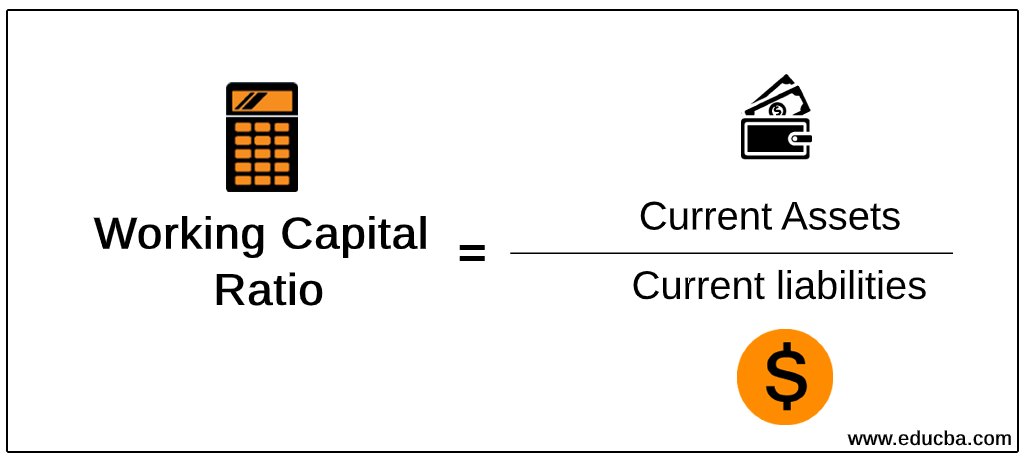



Working Capital Ratio Analysis Example Of Working Capital Ratio
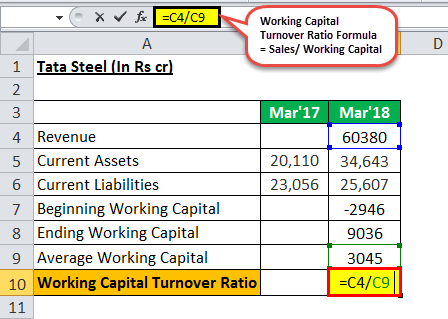



Working Capital Turnover Ratio Meaning Formula Calculation



0 件のコメント:
コメントを投稿